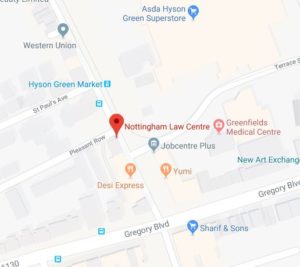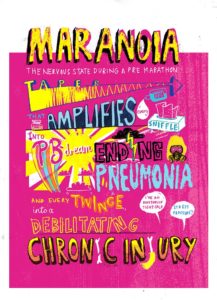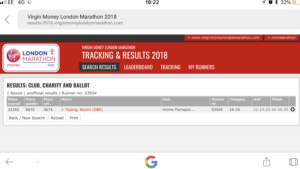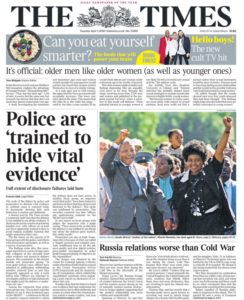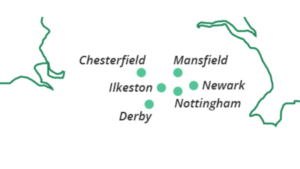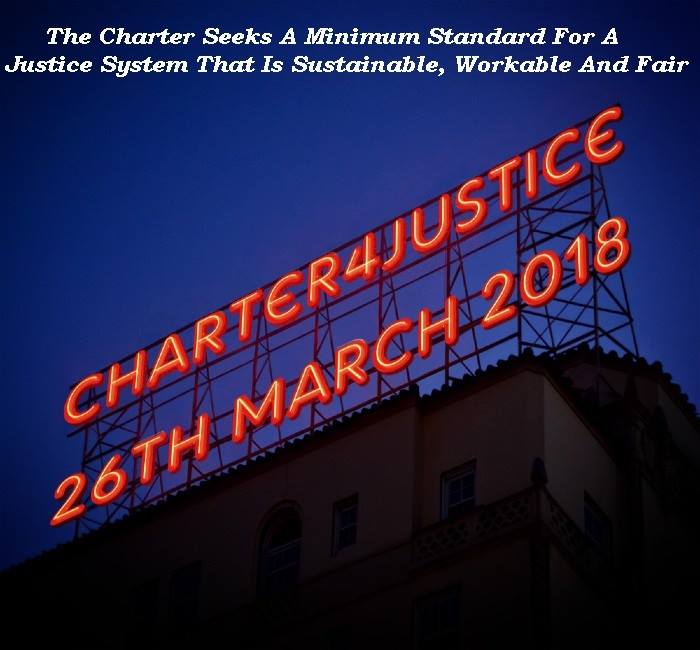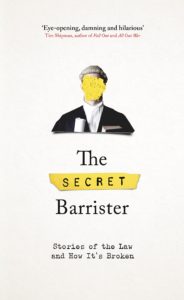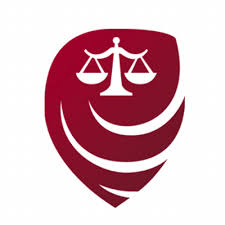All posts by Andrew Wesley/h3>
Nottingham criminal duty solicitor Jameel Malik represented a client before Nottingham Magistrates’ Court who faced trial for failing to provide a specimen of breath for analysis.
Our client’s vehicle found abandoned
Police officers had found an empty vehicle in a ditch. They had carried out investigations and discovered who the vehicle belonged to. The vehicle was owned by Jameel’s client so the police visited his address to speak to him.
The door had been opened by our client who was asked to provide a breath test, the officers having reasonable cause to believe that he had been driving whilst under the influence of alcohol. Jameel’s client refused. He stated that this was because he had a medical condition that prevented him providing a sample.
Because of this, the officer made further enquiries and asked our client to make further disclosure of his symptoms. The police officer was provided with excuses that included poor mental health and depression. He had suffered a broken neck in the past and had something lodged in his throat.
Our client admitted that the vehicle was his, he had driven into the ditch and could not get out, and having walked home had then drunk a large amount of red wine.
The officer continued to warn the suspect that if he failed to provide a specimen of breath for analysis then he would have no choice but to arrest him for failing to provide a specimen for analysis. Eventually, the office’s patience ran out and our client was arrested and taken to Newark police station.
Medical reasons given at the police station
Unsurprisingly, at the police station, our client was requested to provide a specimen of breath on the machine at the police station. Again, our client provided a list of reasons why he could not when asked whether he had medical reasons. He talked of breathlessness, severe panic attacks and anxiety, as well as other medical conditions.
Jameel’s client made two attempts to provide a specimen of bread for analysis. On both occasions they registered as a fail because he had not blown hard enough. The officer believed that the failure to provide had been deliberate. Our client was also seen by a medic while in custody who offered the opinion that there was no medical reason for failing to provide a specimen.
Finally, having been charged with failing to provide a specimen at the police station, our client was asked to provide a specimen to check that he was under the limit to drive. He successfully did so, into a handheld device.
Client account supported by medical evidence
The issue for trial was whether our client had a reasonable excuse for failing to provide a specimen for analysis in the police station.
During the trial, the Magistrates heard evidence from the officer who carried out procedure at the police station. Jameel questioned him as to why he had not given his client the opportunity to provide blood or urine as an alternative to breath. Footage from a body worn camera was available, as was CCTV from the custody suite.
Jameel’s client then gave evidence as to his reasons for not providing. A psychiatrist also provided evidence about his mental state. He had, in fact, been suffering from anxiety all his life. When placed in the situation he had been in at the police station and asked to provide a sample of breath his anxiety levels increased, with his mental state influencing his ability to provide a specimen of breath.
Not guilty of failing to provide a specimen
After hearing all of the evidence and Jameel’s address to the court, the Magistrates were persuaded by the evidence and his argument. Jameel’s client was found not guilty of failing to provide a specimen.
Contact a motoring law solicitor

If you face an allegation of failing to provide a specimen for analysis, or any other road traffic offence, you will want to instruct a specialist. Jameel can be contacted at our Nottingham office on 0115 9599550. We have experts at all of our other offices as well.
Contact details for all of our offices can be found here.
Alternatively you can use the contact form below.



